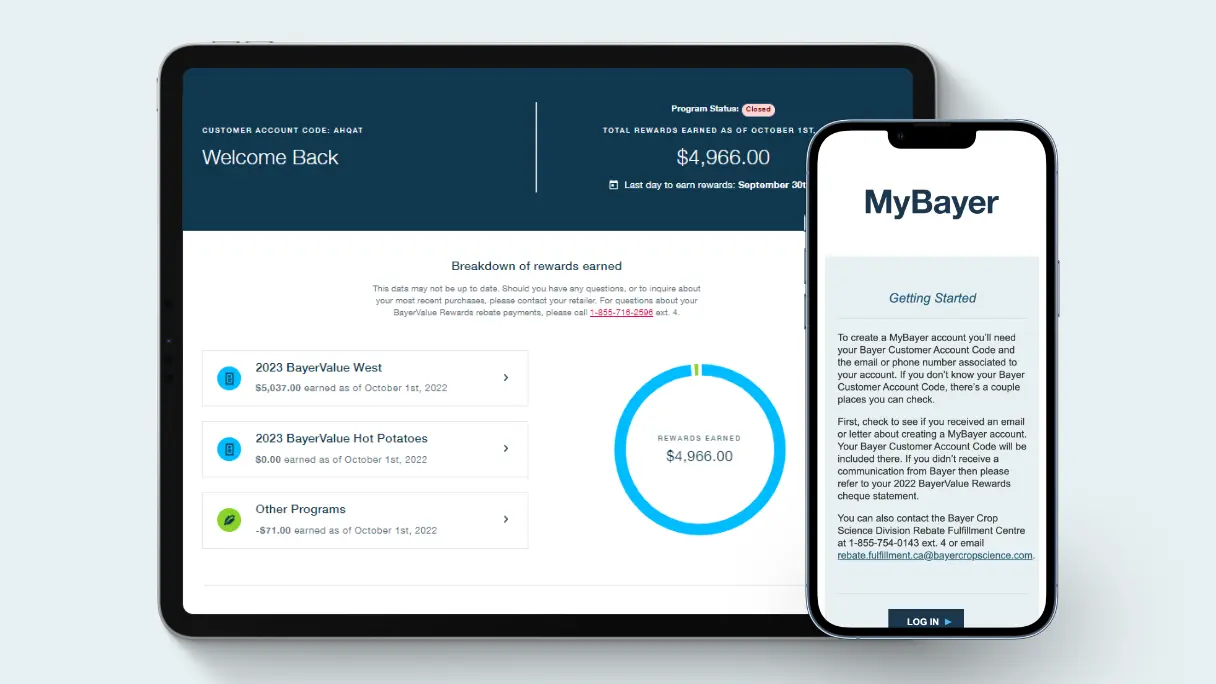4 READ-TIME
Fall Burndown Options Prior to Planting Soybeans
November 18, 2021
Post-harvest herbicide applications in the fall can help to provide a weed-free seedbed prior to planting in the spring, especially in no-till fields (Figure 1). Fall-applied herbicides should target fall-emerging winter annual species, biennials and perennials. Fields with heavy weed populations are the best candidates for a fall application.
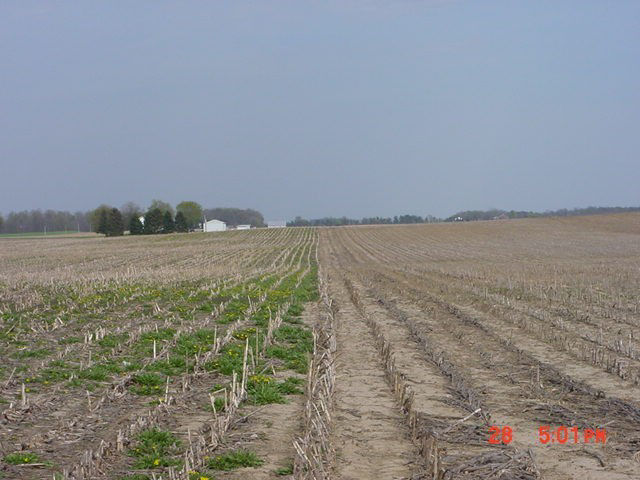
Figure 1. Fall-applied herbicide burndown application targeting dandelion and winter annual weeds showing treated area on the right the following spring. [Internal picture used in 2011, 2013, 2016, and 2018 fall burndown spotlights]
Fall Burndown Targeted Weeds
Fields that are heavily infested with winter annual weeds such as common chickweed, field pennycress, or shepherd’s-purse are good candidates for a fall burndown herbicide application (Figure 2). Winter annual weeds usually emerge in the fall after harvest, increase their vegetation during the winter, and complete their life cycle during the spring and early summer. Control of winter annual weeds is often more difficult in the spring than in fall because of weed size and weather conditions. If allowed to grow in the spring, winter annual weeds can form a thick mat on the soil surface blocking sunlight from warming the soil and interfering with tillage and crop establishment. Herbicide treatments in the fall are often more effective on these weeds because they may not be as actively growing in the spring, having almost completed their life cycle.
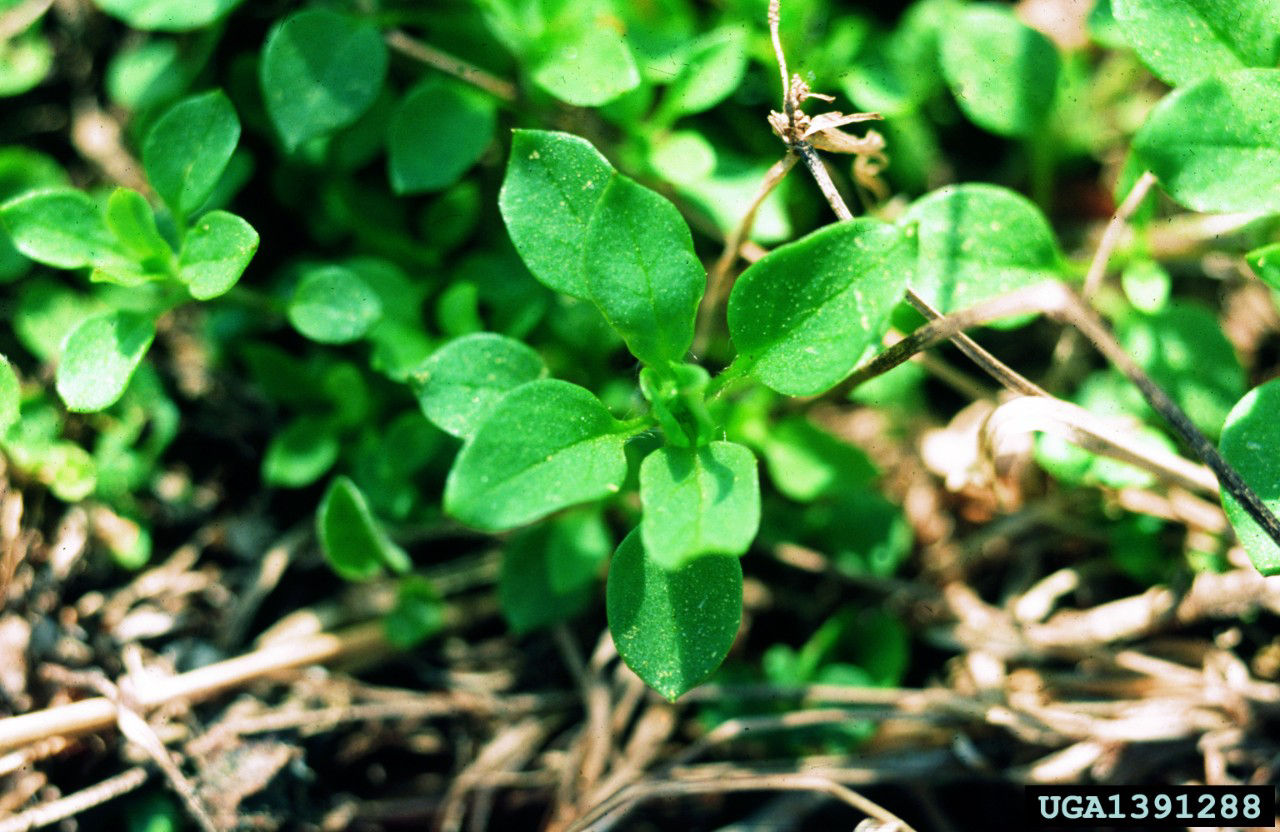
Figure 2. Chickweed, a winter annual weed, can germinate all year round if the weather is good. Photo courtesy of John D. Byrd, Mississippi State University, Buggwood.org.
Canada fleabane (marestail, horseweed) is a winter or summer annual weed that can germinate in the fall as well as in the spring (Figure 3). Late summer and fall germinating plants remain in the low-growing rosette stage through fall and winter before bolting (stem elongation) in the spring. Canada fleabane is easiest to control with herbicides when it is small and in the seedling or rosette stage. Plants that emerge in the fall will bolt earlier in the spring which can make them more difficult to control with a spring burndown herbicide application. Common waterhemp is a summer annual that should also be managed after harvest to prevent seed production.
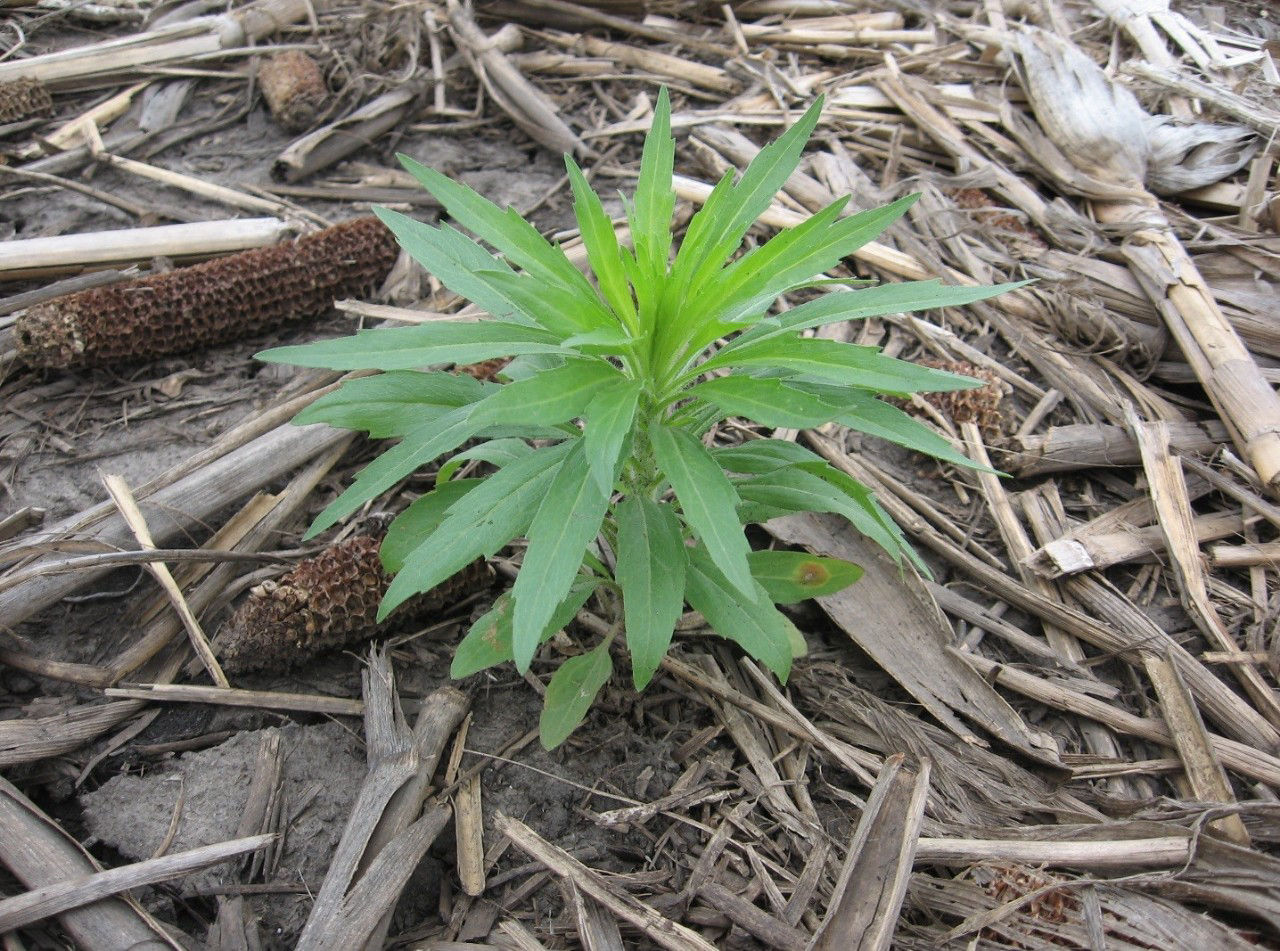
Figure 3. Canada fleabane is best to control when it is small in the seedling or rosette stage before bolting in the spring.
Fall is also the best time to target perennial weeds like dandelion, Canada thistle, or field bindweed with herbicide applications. When temperatures start to drop in the fall, perennial weeds begin moving nutrients to below-ground tissues for winter storage to support spring growth. Herbicides like Roundup® brand agricultural herbicide applied in the fall move down to below-ground tissues providing better control of perennial weeds. Dandelion spreads by seeds which can germinate on the soil surface at low temperatures. Seedlings of dandelion quickly develop a crown and taproot. Mature dandelion plants can live for many years and become a serious problem in minimum or no-till fields (Figure 4). Dandelions grow late into the fall and they are tough plants that can tolerate fall frost.
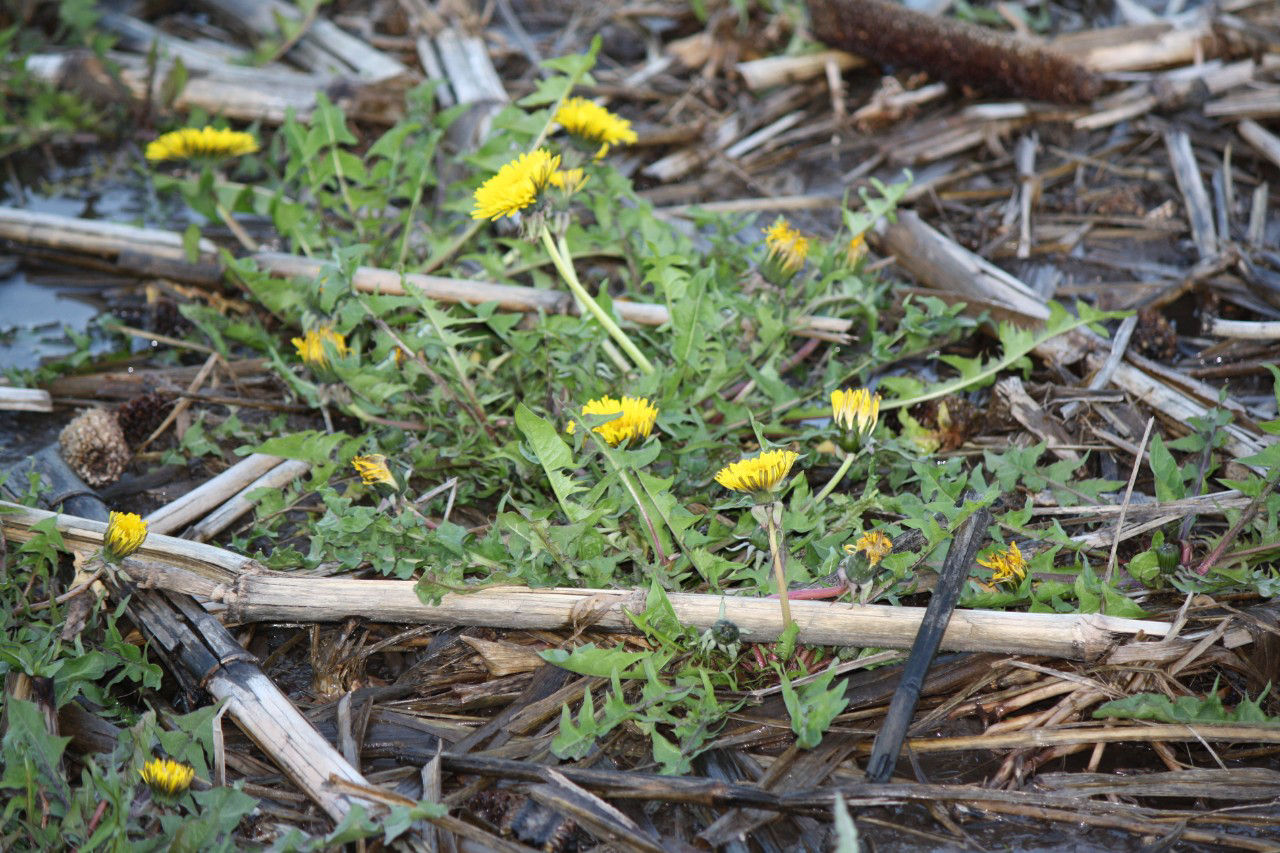
Figure 4. Dandelion plants grow more actively under cool fall conditions making it the ideal time to control the weed.
Benefits of Fall Burndown Applications
- Helps to spread out the workload in the spring,
- Provides more favorable conditions for control of winter annual weeds than early spring because of smaller weed size and more suitable days for herbicide applications,
- Provides better control of Canada fleabane than spring burndown,
- Provides better control of perennial and biennial weeds,
- Helps to improve soil temperature and soil moisture at planting,
- Reduces the potential for soybean cyst nematodes (SCN) by removing weed hosts where these pests overwinter.
Herbicide Recommendations
Roundup® brand agricultural herbicides are effective on most grass and broadleaf weeds; however, the addition of dicamba or 2,4-D is recommended for broad spectrum burndown of weeds. Canada fleabane populations may be resistant to glyphosate requiring the addition of dicamba for control. Including dicamba with glyphosate increases the consistency of Canada fleabane control, even in fields without glyphosate resistance.
Residual herbicide applications in the fall offer control of later-germinating winter annual weeds that might not be present at the time of the initial application. An effective fall application should result in a field that is mostly free of weeds at least until temperatures begin to warm up in the spring. The earlier the fall application is made, the more benefit a soil-residual herbicide can provide since emergence of winter annual weeds is often not complete. Applications later in the fall often diminishes the necessity of a soil-residual herbicide since most of the winter annual weeds have emerged. However, in some years depending on weather conditions, there can be significant germination of winter annual weeds throughout the winter months. Effective residual herbicides to use in the fall include chlorimuron, sulfentrazone, flumioxazin, and metribuzin.
The application of residual herbicides in the fall may not replace the need for residual herbicide applications in the spring. Residual herbicides applied in the fall generally provide little if any control of summer annual weeds the following year, especially in soybeans. Fall herbicide applications should be part of a comprehensive weed management program which could include spring burndown, at-planting, and in-crop herbicide applications. Programs should be designed to minimize the risk of weed resistance and weed species shifts.
Sources
2021. Winter annual and perennial weed control. Government of Alberta. https://www.alberta.ca.
Soltani, N., Shropshire, C., and Sikkema, P. 2020. Glyphosate-resistant Canada fleabane control with three-way herbicide tankmixes in soybean. American Journal of Plant Sciences, Vol. 11 No. 9.
2017. Fall burndown. Ontario Grain Farmer Magazine. https://ontariograinfarmer.ca
Barber, J. 2016. Take control of herbicide resistant Canada fleabane. Farm Forum. https://farmforum.ca
Web sources verified 10/05/2021.
Legal Statements
ALWAYS READ AND FOLLOW PESTICIDE LABEL DIRECTIONS. Performance may vary from location to location and from year to year, as local growing, soil and weather conditions may vary. Growers should evaluate data from multiple locations and years whenever possible and should consider the impacts of these conditions on the grower’s fields.
Tank mixtures: The applicable labeling for each product must be in the possession of the user at the time of application. Follow applicable use instructions, including application rates, precautions and restrictions of each product used in the tank mixture. Bayer has not tested all tank mix product formulations for compatibility or performance other than specifically listed by brand name. Always predetermine the compatibility of tank mixtures by mixing small proportional quantities in advance. Bayer, Bayer Cross and Roundup® are registered trademarks of Bayer Group. Used under license. All other trademarks are the property of their respective owners. ©2021 Bayer Group. All rights reserved. 8001_S2_CA
